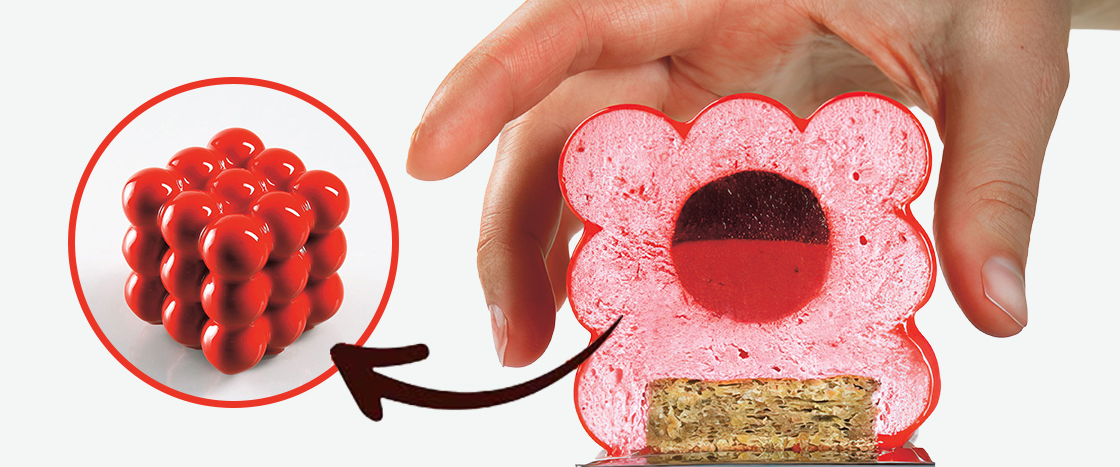Dessert at Dinara Kasko’s house is always a surprise. It might look like a golf ball, or swaying pink pyramids, or even red cherries piled inside an invisible box!
Kasko is a pastry chef, and these strange and beautiful structures are all edible cakes.
Dessert at Dinara Kasko’s house is always a surprise. It might look like a golf ball. It might be shaped like pink pyramids. It might even look like red cherries piled inside an invisible box!
Kasko is a pastry chef. These strange and beautiful structures are all cakes you can eat.

